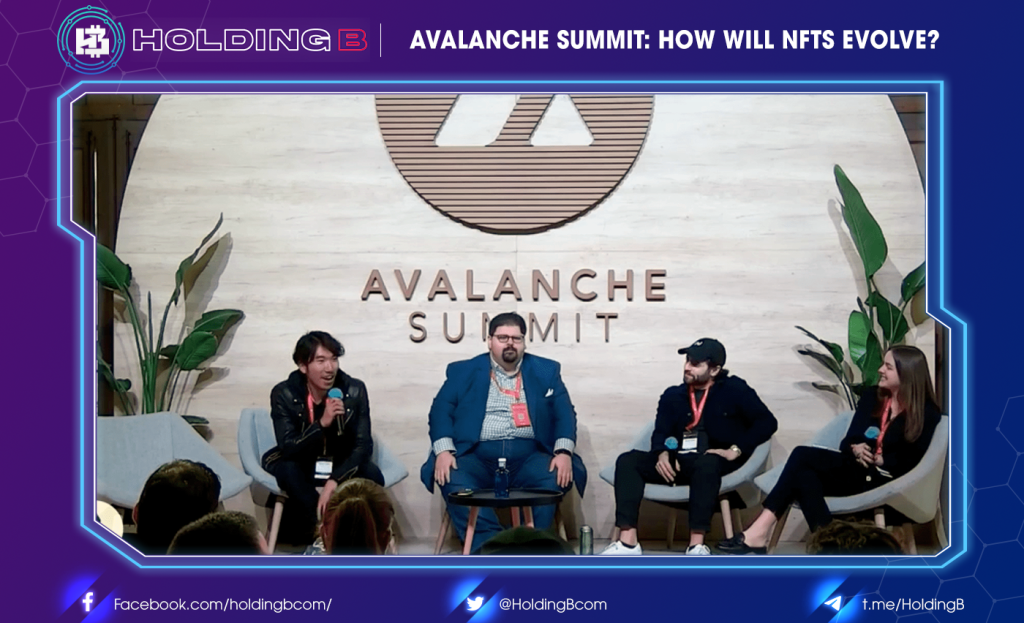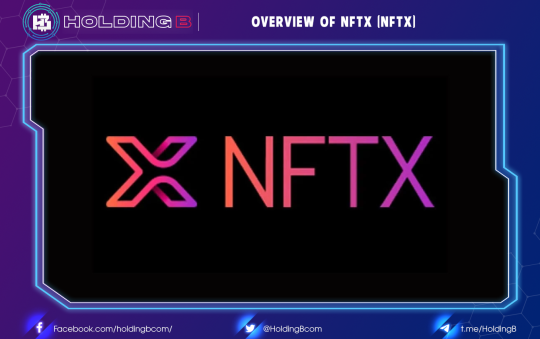
The future of NFTs is going to be centered around items, according to Calvin Chan, founder and CEO of Legitimate, an ecosystem that links physical products to digital identities.
“We work with brands…to see not just how we can bake Web3 into your retail strategy but also into your retail products,” Chan said during a panel discussion at the Avalanche Summit in Barcelona. “It’s so often that a brand’s attempt to come into the NFT space is inauthentic, it’s marketing.”
Chan pointed to recent attempts by companies like Clinque and Asics to use NFTs (non-fungible tokens) for branding initiatives. Brands should think beyond marketing, he said, and look at NFTs as a tool to revolutionize how consumers think about authenticity and identity.
“If we think about blockchain technology as a whole, most folks assume blockchain is great for privacy, it is great for ownership,” said Jonathan Padilla, CEO and co-founder of Snickerdoodle Labs, which provides data and privacy services, during the panel.
“It’s now economically viable to produce something that you can have the provenance for, for a few cents, that’s really the benefit of NFTs.”
Creators now have an entirely new way to verify their work with blockchain technology, something that previously would have been a lengthy and expensive legal process, Padilla added.
Beyond ownership, Chan said, is the ability for individuals to create digital identities through NFTs.
“There is this idea that ownership enhances enjoyment of an asset,” said Harold Eytan, CEO of digital art collection Particle, during the discussion. Seeing art in a museum is a great experience for many people, but the joy of owning the work pales in comparison, he added.
But as great as it all sounds, there are challenges associated with establishing proof of ownership, the panelists acknowledged.
“It comes down to the friction point that’s endemic across all blockchain; it is the technology advancing at light speed, and legal and regulatory advancements moving at the speed of glaciers,” said Padilla. “Once you have adjudication in the courts and other types of bodies that can verify this, this is going to be super critical.”
It’s a major infrastructure problem as well, Chan said, pointing to the recent issues with Twitter’s authenticity tool.
“Fundamentally, one of the mistakes that I see a lot of projects and designers making is projecting Web3 technology on Web2 experiences,” Chan said. “Using any profile picture as an avatar, that might not be what NFTs look like in the next few years.”
See ya in the next article !
Don’t forget to follow useful articles about Crypto Market from team Holding B !!!
- Telegram Channel: https://t.me/HoldingBcom
- Telegram Group : https://t.me/HoldingB
- Website : https://holdingb.com/
- Twitter : https://twitter.com/HoldingBcom





